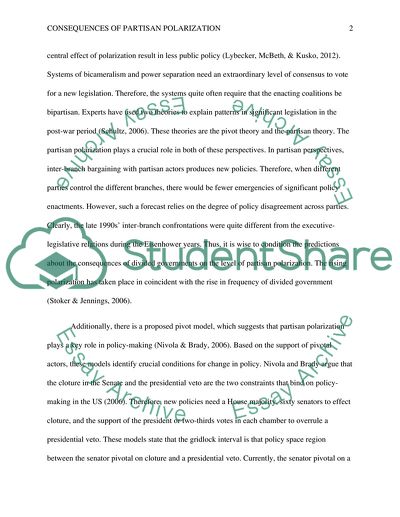Cite this document
(“Consequences of Partisan Polarization Research Paper”, n.d.)
Consequences of Partisan Polarization Research Paper. Retrieved from https://studentshare.org/social-science/1667038-partisan-polarization
Consequences of Partisan Polarization Research Paper. Retrieved from https://studentshare.org/social-science/1667038-partisan-polarization
(Consequences of Partisan Polarization Research Paper)
Consequences of Partisan Polarization Research Paper. https://studentshare.org/social-science/1667038-partisan-polarization.
Consequences of Partisan Polarization Research Paper. https://studentshare.org/social-science/1667038-partisan-polarization.
“Consequences of Partisan Polarization Research Paper”, n.d. https://studentshare.org/social-science/1667038-partisan-polarization.


